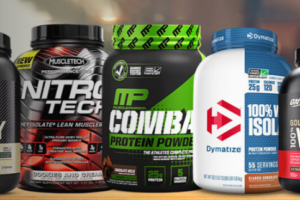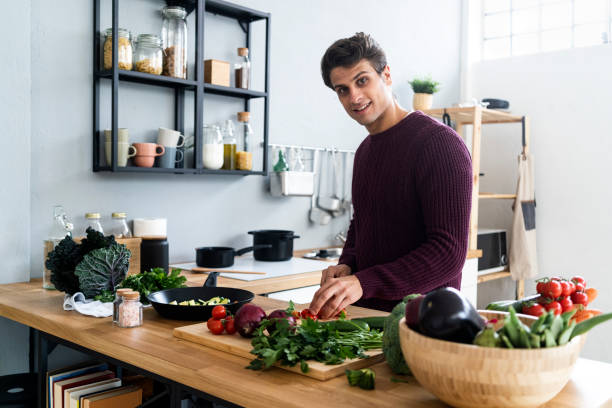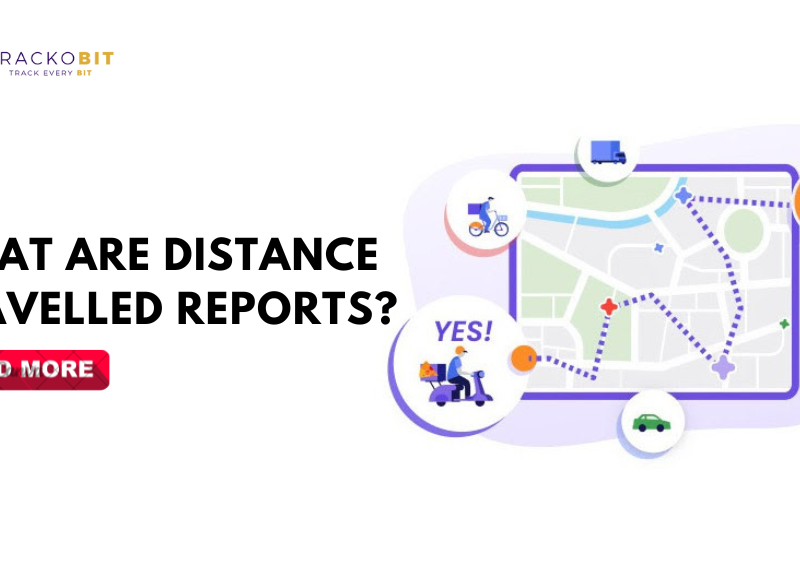In recent years, there has been a significant rise in the popularity of bagged packaged goods. Here are some of the trends and insights driving this growth:
- Convenience: Bagged packaged goods offer consumers a convenient, on-the-go option for snacking and meal solutions. This is particularly appealing to busy consumers who are looking for quick and easy food options.
- Portion control: Bagged packaged goods can help consumers with portion control, as they often come in single-serving sizes. This is beneficial for individuals who are trying to manage their calorie intake and maintain a healthy lifestyle.
- Sustainability: Many bagged packaged goods companies are adopting more sustainable practices, such as using biodegradable packaging materials and reducing the amount of packaging used. This is in response to consumer demand for more environmentally-friendly options.
- Ethnic flavors: Bagged packaged goods are also becoming more diverse in terms of flavor options, with many companies offering ethnic flavors and unique taste profiles. This is in response to changing consumer preferences and a desire for more adventurous food options.
- E-commerce: The rise of e-commerce has also contributed to the growth of bagged packaged goods, as they are easy to ship and store. This has made it easier for consumers to purchase and receive their favorite snacks and food products online.
Overall, bagged packaged goods offer a convenient, affordable, and increasingly sustainable option for consumers looking for on-the-go food solutions. As companies continue to innovate and respond to changing consumer preferences, it is likely that this trend will continue to grow in popularity.
A New Era for Bagged Packaged Goods
Health and wellness: As consumers become more health-conscious, there is a growing demand for bagged packaged goods that are low in sugar, fat, and salt, and are made with natural ingredients. This has led to a surge in products that are labeled organic, gluten-free, and non-GMO.
Sustainability: Companies are increasingly focused on reducing their environmental impact by using recyclable, compostable, or biodegradable materials for bagged packaging. Some companies are even experimenting with edible packaging made from seaweed, potato starch, or other plant-based materials.
Digitalization: With the rise of e-commerce, bagged packaged goods are becoming more accessible to consumers who prefer to shop online. Many companies are also using digital technologies, such as QR codes or augmented reality, to provide more information about the product and enhance the consumer experience.
Personalization: Bagged packaged goods are becoming more customizable, allowing consumers to create their own blends of snacks or choose their preferred seasoning or flavor profile. This has been made possible by advances in manufacturing technology and packaging design.
New distribution channels: Bagged packaged goods are no longer limited to grocery stores or convenience stores. They are now available in specialty shops, online retailers, and subscription services, catering to specific consumer needs and preferences.






















